After much murmuring around the office about my obsession with armour, this week our Force of Fame features absolutely no armour whatsoever! We’re heading across the ancient Adriatic to the mountains and forests of Dacia, to take a look at their fearsome Falxmen in SPQR.
A rugged series of tribal kingdoms stretching across much of what is now Romania and Moldova and into the surrounding areas, Dacia was renowned for its staunch opposition to Rome (although it would later be absorbed into the Empire as a Province), and for the fearsome qualities of its warriors. The latter was such that it caused the feared Roman Legions to adopt new equipment solely for their Dacian campaigns, a near-unique feat, and certainly necessary as we shall presently see!
Highly militarised by the time of Trajan’s Dacian Wars (101-106AD), the Dacians had constructed large numbers of stone forts which were crucial to their strategy of defence in depth, and were considered excellent warriors, even by the Romans. Trajan considered them dignified, heroic, and dangerous – and he should know! Despite this, the Dacians, under their famed warrior-king Decebalus, were eventually defeated by Rome’s Legions and brought to heel as a Province.
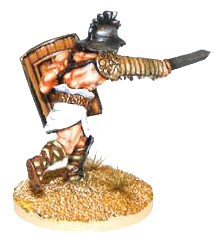
The principal arm of the Dacian infantry was the falx – a weapon unique to the region, descended from the earlier Thracian rhomphaia (which had a straighter blade). Comprising a three-foot haft, topped with a wickedly sharp forward-curving blade of roughly the same length, it was a weapon for hooking, chopping, and cutting, similar in usage to the bill of late medieval fame. Sharpened only on the inner edge, it was recorded as inflicting horrific wounds on unarmoured flesh but was also capable of penetrating the then-new Lorica Segmentata, the iconic Roman armour of overlapping bands of metal (I’m sure this constitutes discussion of armour. You can’t help yourself Marcus -ed). Such was the impact this weapon had on the battlefield that the Legions took to modifying their equipment in the field – helmets were reinforced with iron banding, while the Segmentata was temporarily replaced with the older Squamata (scale) and Hamata (mail). Finally, greaves and the Manica (a type of articulated armour for the right arm, previously only used by gladiators – see example) were added to the Legionaries’ panoply. That these modifications were abandoned after the Dacian Wars shows just how much the Romans feared the falx!
There was also a shorter single-handed version of the falx called the sica, more commonly wielded as a sidearm by higher ranking warriors. The majority weapon was the two-handed type, and as such our Warlord Resin TM boxed set features them heavily – however, the musician and standard bearer both come packing the short version! All of the models are wonderfully dynamic, as befits such aggressive fighters, and my personal favourite has to be the chap seen here with his shield hanging off his belt – his pose is absolutely classic.
On bloody tabletop battlefields of SPQR, the Falxmen provide a fantastic ‘shock infantry’ element for your Dacian & Sarmatian warband. Cheaper than their common Roman opponents at 20 Denarii, they come with their namesake weapons and Large Shields for a little protection, but no armour besides the option to take helmets, so keep them away from archers. As usual for what the Romans would consider ‘barbarian’ infantry, they have the ever-useful Strength in Numbers and Wild Charge special rules, meaning that large units are absolutely the way to go. The real strength of the Falxmen, however, is of course their falxes. Counting as two-handed swords, the wickedly curved blades mean that enemy units cannot use their shields against these attacks – no armour check re-rolls for those pesky Legionaries. Used aggressively and in large numbers, your Falxmen can plough through almost anything, but don’t have the armour to hang around in a protracted melee. Keep them moving and well-supported by your Sarmatian allies, and you’ll be kicking the Romans back over the Adriatic in no time.
Though hard-hitting, Falxmen are unlikely to win a battle unsupported. Consider these other key units when constructing your Dacia & Sarmatia SPQR warband:
Other articles in the Forces of Fame Series:
Bolt Action – The Tiger I
Blood Red Skies – Messerschmitt Bf 110
Victory at Sea – The Bismarck
Pike & Shotte – Cuirassiers
Black Powder (Epic Battles ACW) – The Iron Brigade
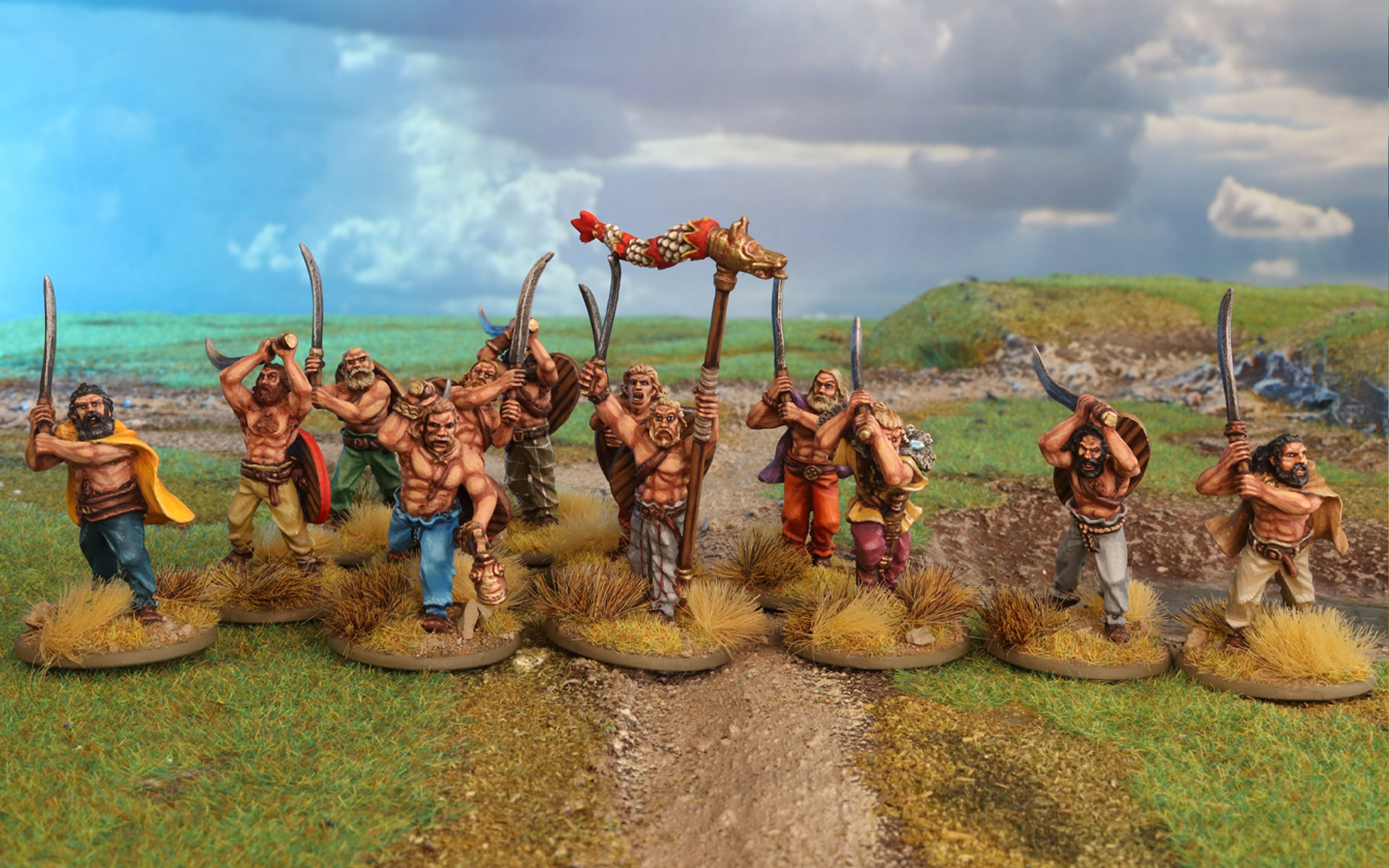
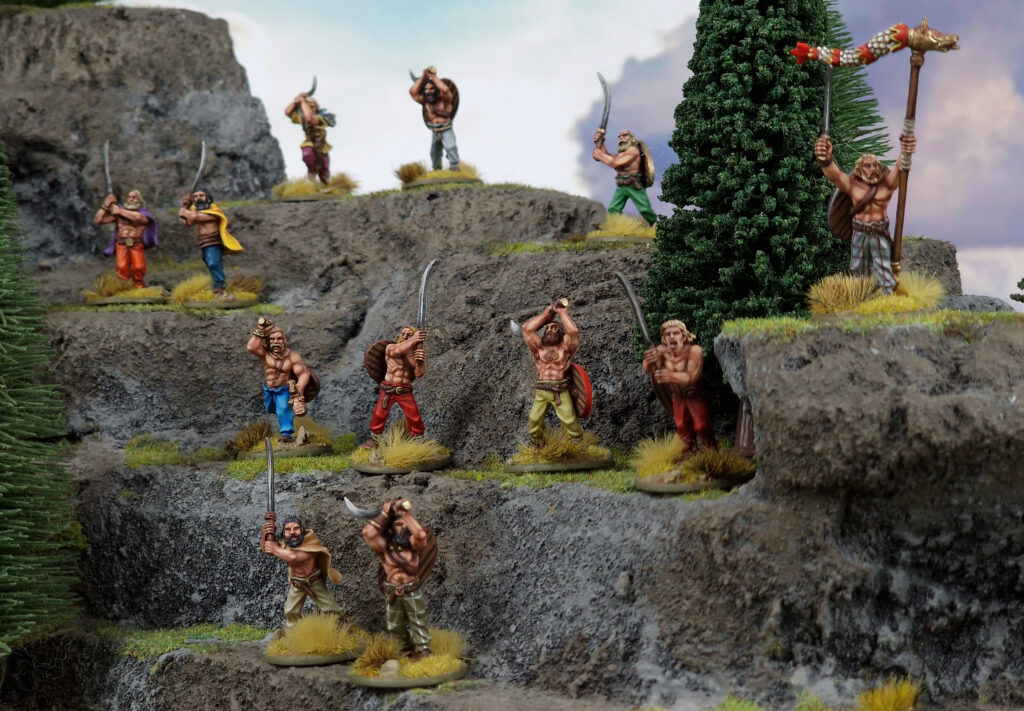

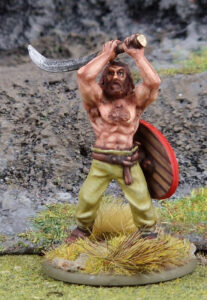
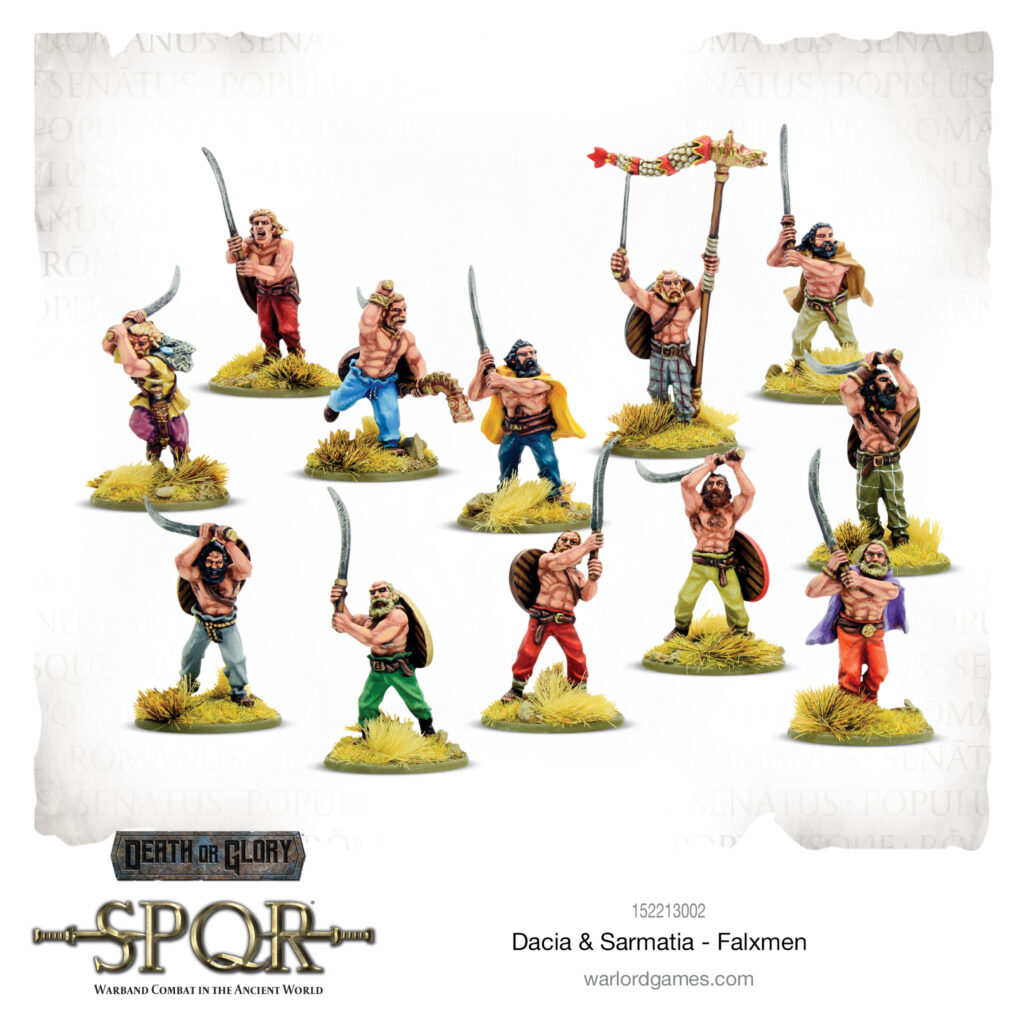
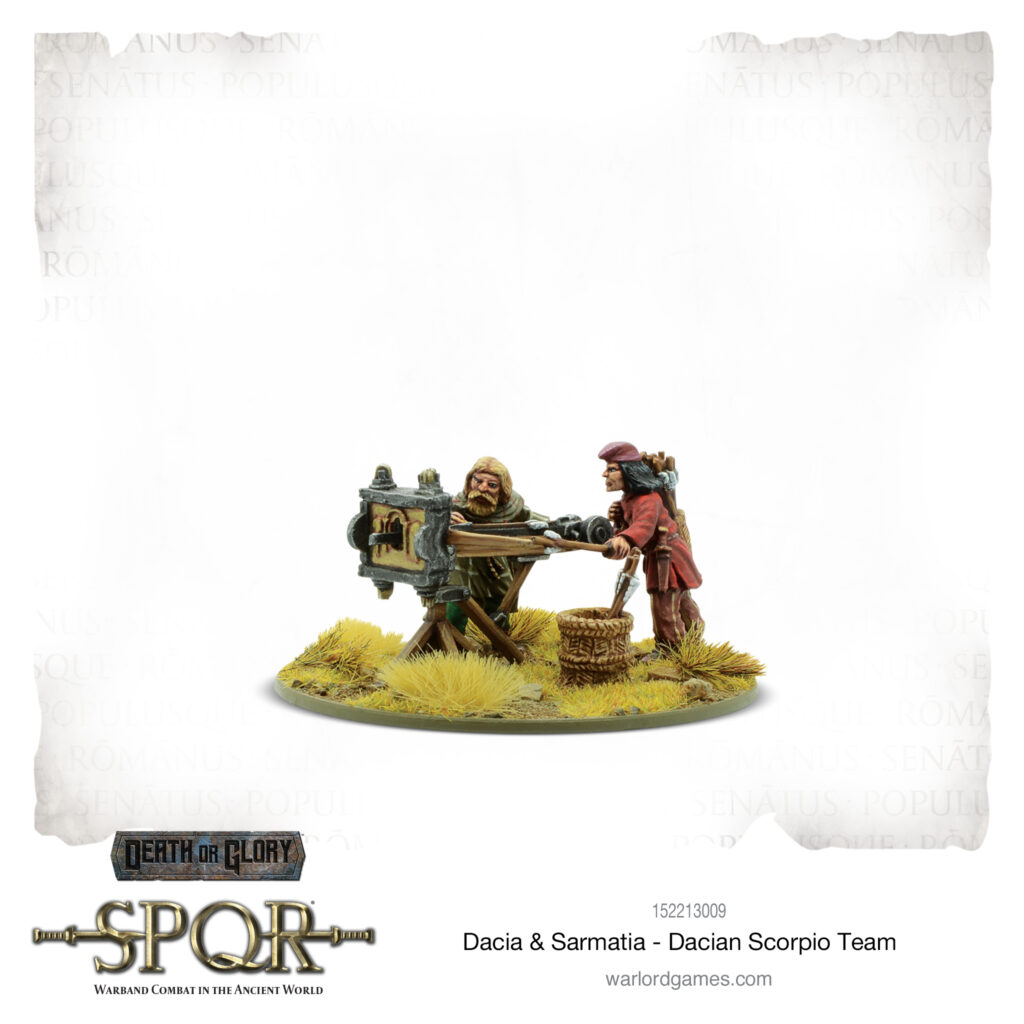
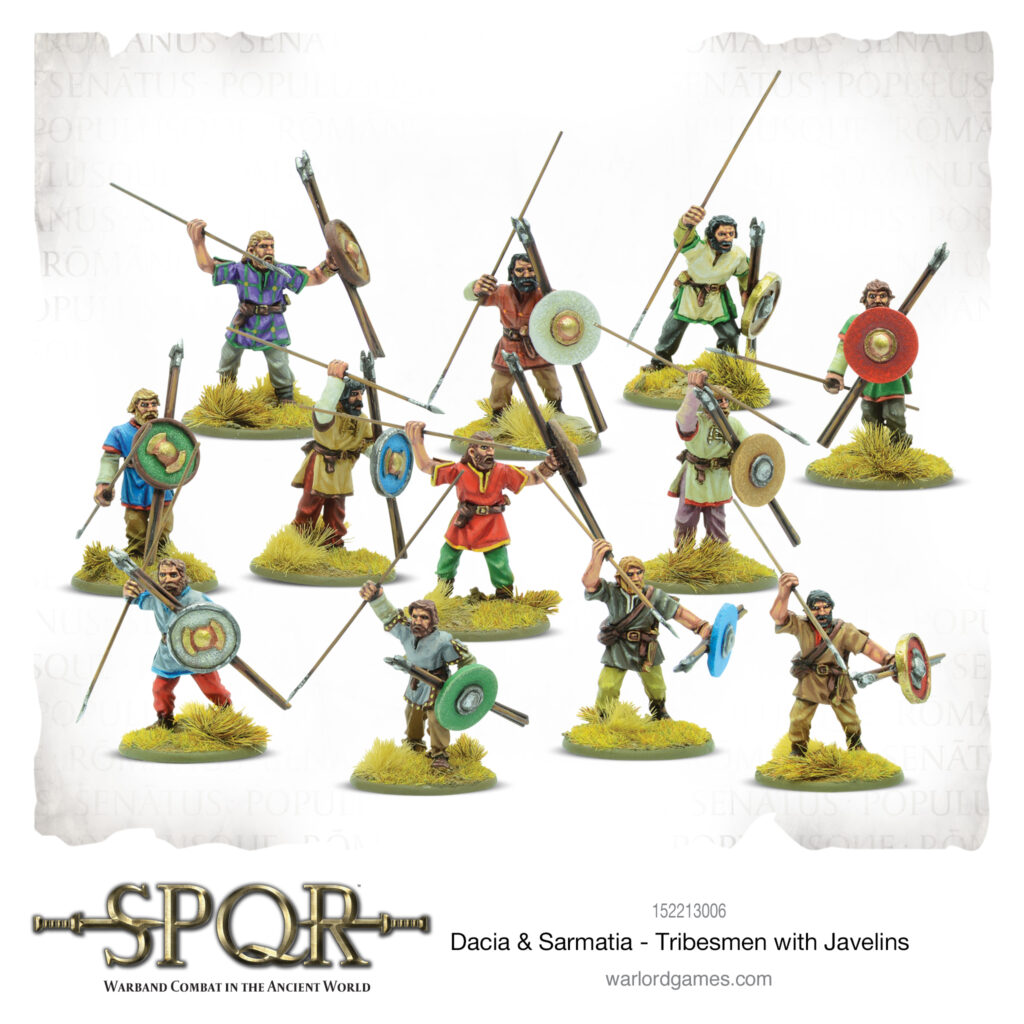
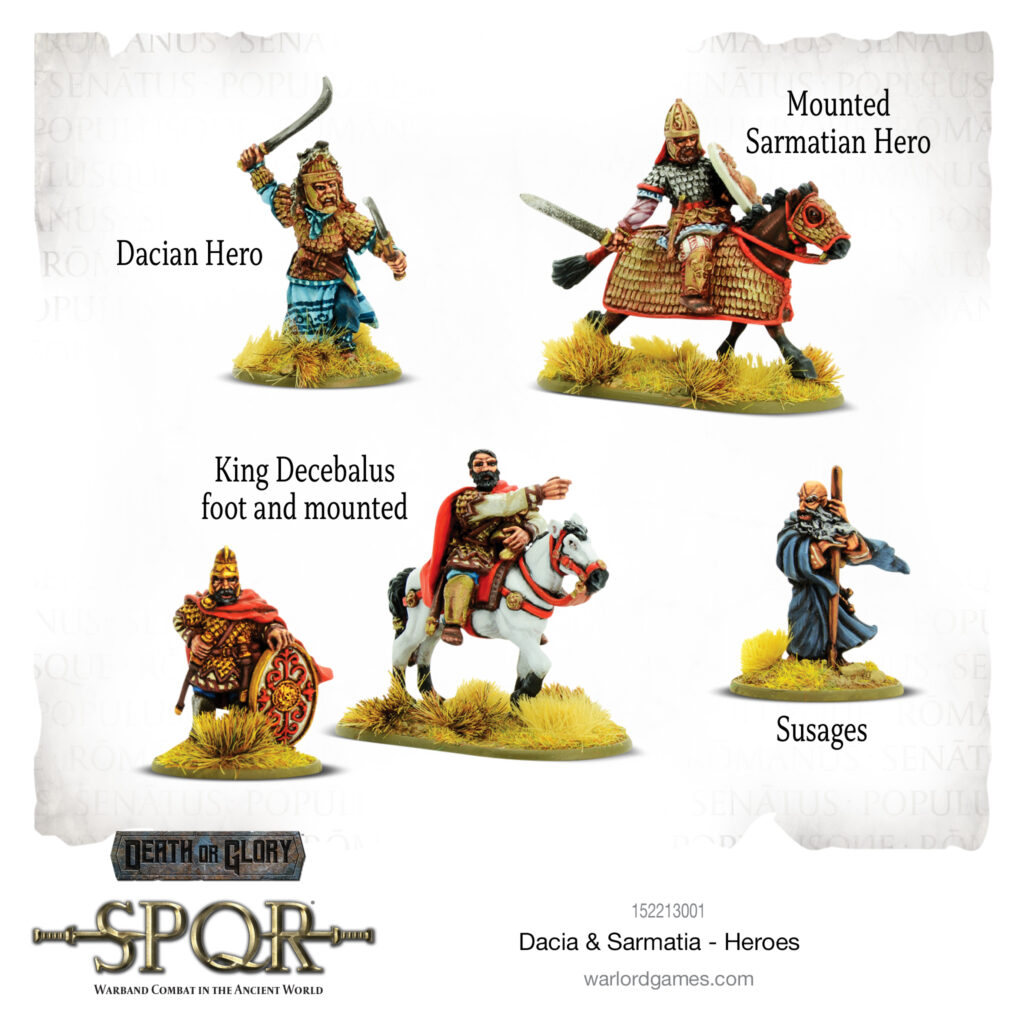
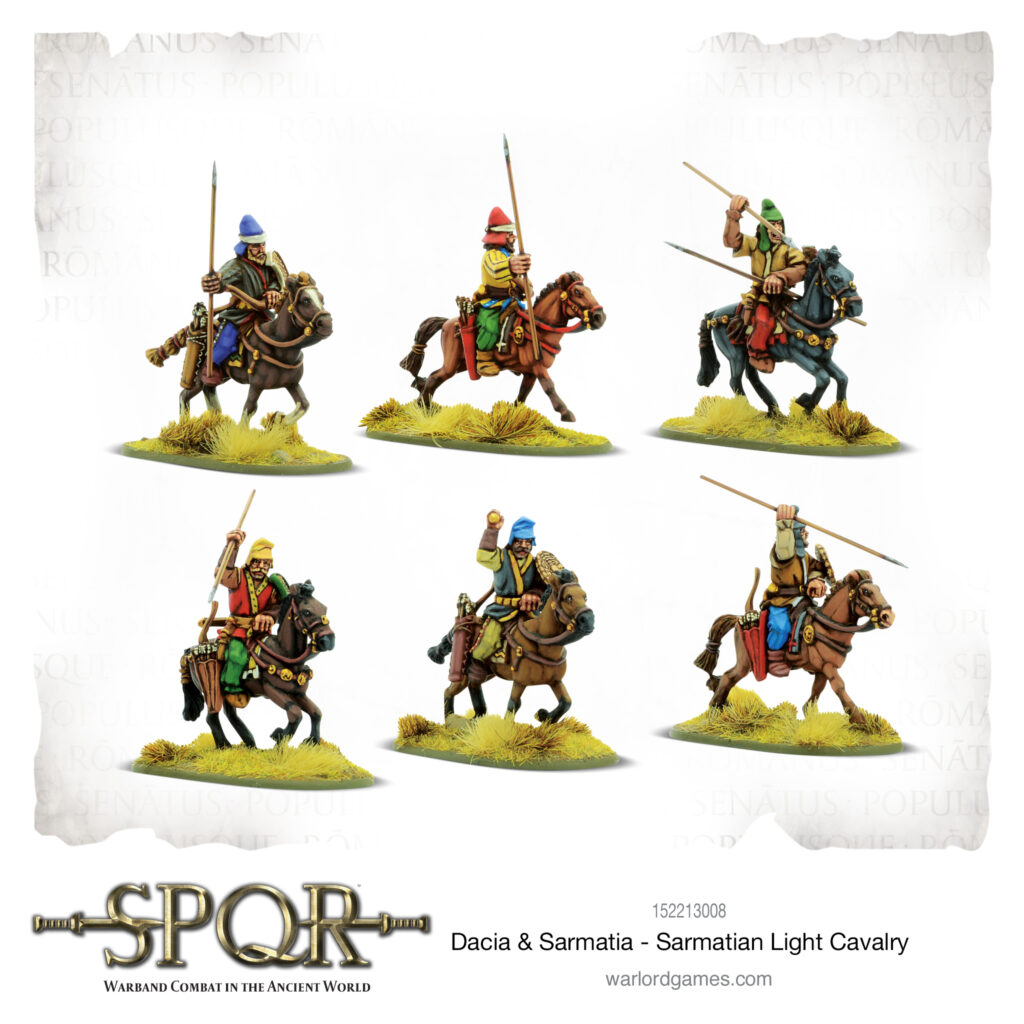
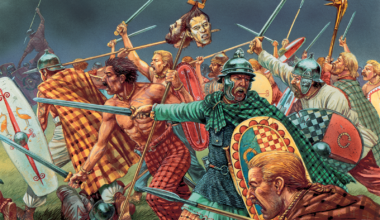
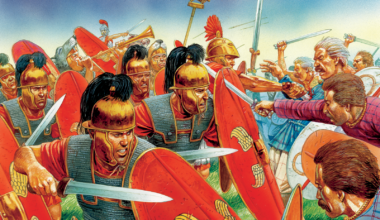
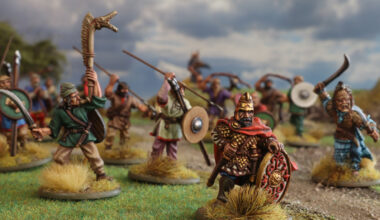
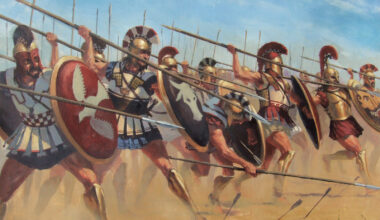
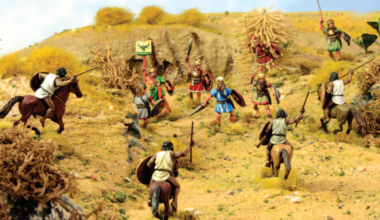
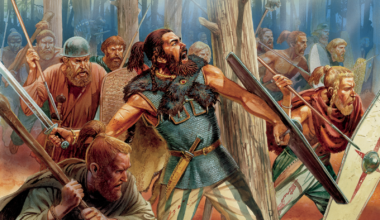
1 comment
I have to admit to not having a lot of interest to date in pre-modern warfare, with the exceptions of feudal Japan and Castle Age NW Europe…and those largely because of Total War and Lords of the Realm respectively. Even with that working against me, this one has me going ‘Huh, neat’…especially since ‘conventional’ education where I’m at is heavily lopsided towards the Roman point of view of “Rome is civilized, everyone around them is a barbaric footnote”.
Must behave for now…nobody to play with, plus too many armies in my backlog plus an entire room of shame of non-wargaming stuff…but for the meantime, consider me piqued. 🙂
Comments are closed.